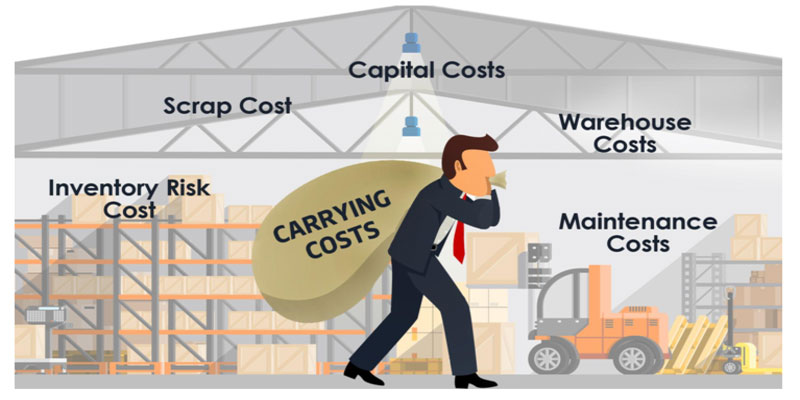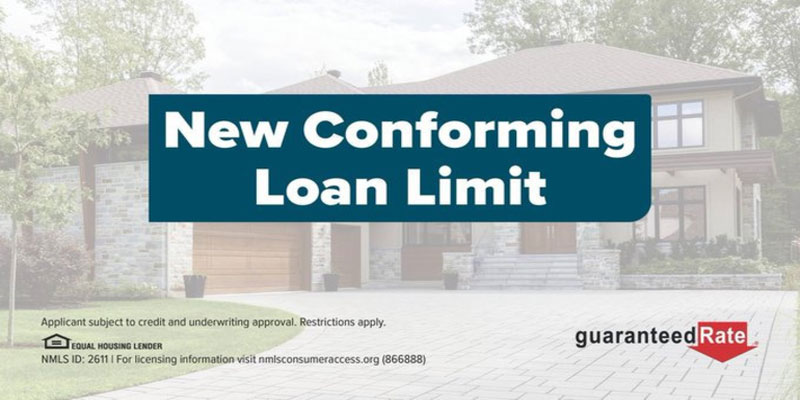How Mortgage Points Work
May 26, 2025 By Kelly Walker
Mortgage points may be divided into two categories: origination points and discount points. In either scenario, one point is normally equivalent to one percent of the entire mortgaged amount. For instance, if you are getting a mortgage for $300,000, one point will cost you $3,000. In the formal loan estimate and closing disclosure that the lender provides, both points are included as part of the total amount due at the closing table.
Origination Points
Loan officers are paid in origination points. Origination points are not required by all mortgage lenders, and the rate of those that are may easily be negotiated down. Most lenders no longer charge origination points since they are not tax deductible. In light of this trend, several financial institutions offer mortgages at a fixed rate or even for free.
Discount Points
Prepaid interest is represented as discount points. The interest rate on your mortgage may be reduced by up to 0.25 percentage points for every point you buy. Most loan companies allow customers to purchase anything from a fraction of a point to three discount points on their loans.
Until the TCJA was passed in 2017, which pertains to tax years 2018 to 2025, origination points were not tax-deductible; however, discount points may be deducted on Schedule A. In the future, discount points will be tax deductible; however, this benefit will only apply to the first $750,000 loan. In addition, there is a greater standard deduction; thus, it is highly recommended that you consult with a tax advisor to determine whether or not you may be eligible to get tax advantages from acquiring points.
This section will concentrate on discount points and how they might lower your total mortgage payments. Please remember that when lenders market rates, they may indicate a rate dependent on the purchase of points. This is something to remember whenever you see lender advertising rates.
Should You Pay for Discount Points?
When deciding whether or not to pay for discount points, the two most important considerations are as follows: The first thing to consider is how long you want to stay in residence before moving elsewhere. If you want to stay longer, you will often save more money by acquiring discount points. Consider the following illustration for a 30-year loan:
- If you have a mortgage for $100,000 and your interest rate is 3%, your monthly payment will be $421. This includes both the principle and the interest.
- Your monthly payment would be $382 if you purchased three discount points, resulting in an interest rate of 2.75%.

In return for a $39 monthly savings, purchasing the three discount points would cost you a total of $3,000 but would be worth it. To make the point buy profitable, you will need to retain the residence for a total of 72 months, which is equivalent to six years. Considering that a loan with a 30-year term would continue for a total of 360 months, it would be beneficial for you to purchase points in this situation if you want to remain in your new home for an extended period.
If, on the other hand, you only intend to remain in the area for a few years, you could find it more beneficial to buy fewer points or none at all. There are a variety of calculators available on the internet to aid you in estimating the right quantity of discount points to acquire depending on the length of time you want to own the home.
The availability of sufficient funds to cover the cost of purchasing discount points is the second consideration before making any purchases of discount points. Many folks are barely able to make the down payment and closing expenses on their home purchases, and there isn't enough money left over to buy points on their mortgage.
For a home worth $100,000, the cost of three discount points is manageable, but for a home worth $500,000, the cost of three points is $15,000, which is a significant increase. In addition to the standard 20% down payment of $100,000 for a home that costs $500,000, the buyer may find that paying an additional $15,000 is out of their financial means. An excellent resource for budgeting these expenses is a mortgage calculator.
Using APR to Compare Loans
Comparing several loans with different interest rates, lender costs, origination fees, discount points, and origination points may be highly challenging. Lenders are obliged by law to disclose the APR amount on each loan estimate because it makes it simpler for borrowers to compare loans.
When calculating each loan's annual percentage rate (APR), the quoted interest rate is adjusted to consider all discount points, origination points, fees, and other closing charges associated with the loan. This statistic was created to simplify comparing loans with drastically varying discount points, interest rates, and origination costs.


Where In The United States Is Best To Purchase A Winter Home?

What Is The Premium Tax Credit, Form 8962 Of The Internal Revenue Service?

How Much Does Inventory Carrying Cost?

Ways to Make Walmart Credit Card Payment

What Is the Maximum Conforming Loan Amount?

Definition, Term, and Transaction Date of Credit Card Posting

What is Student Loan Bankruptcy

Earnings and Profits at ExxonMobil

What is a Car Depreciation

10 Best Small Personal Loan Options for 2020

How the Internet Changed Investing?
